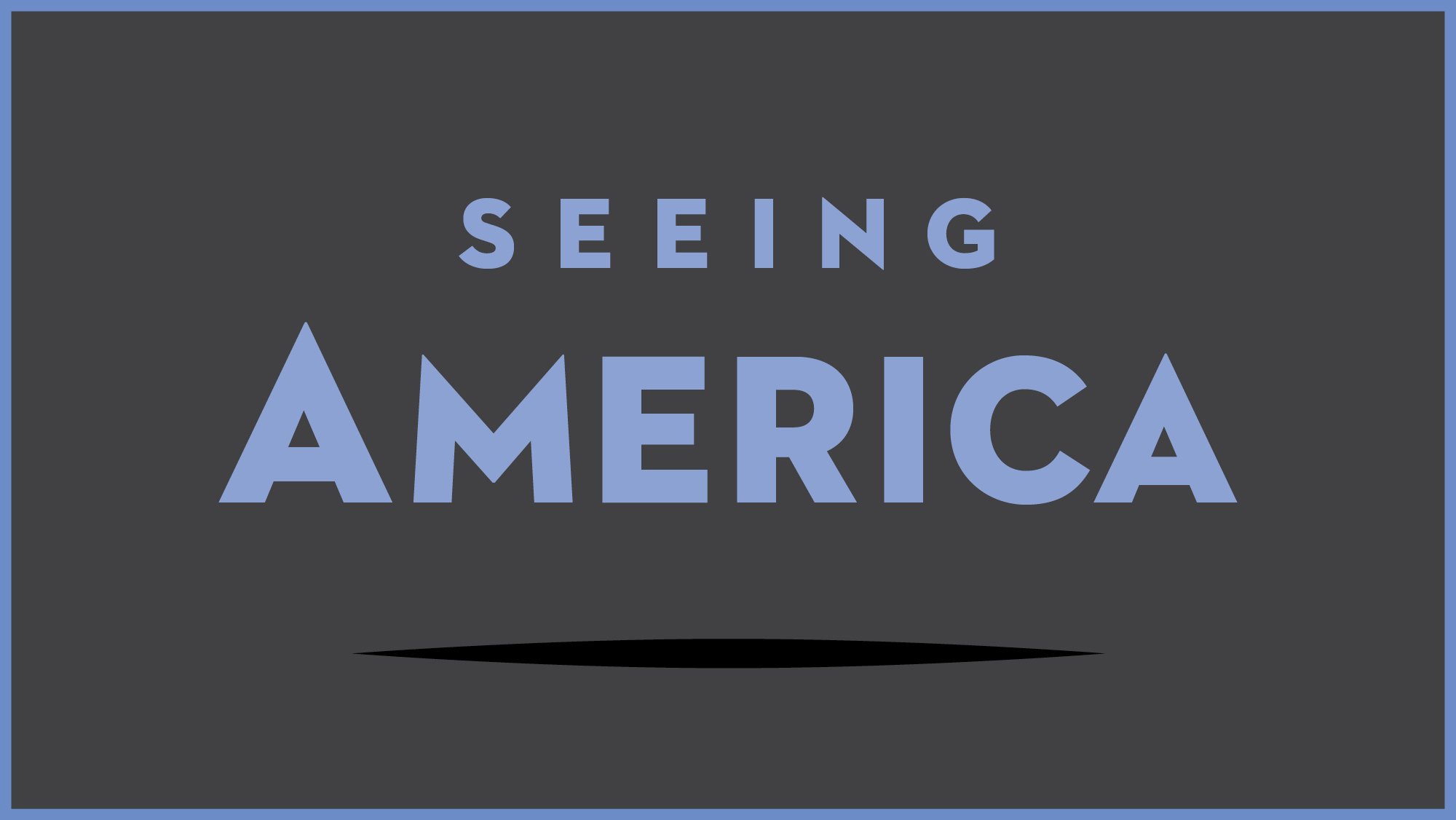Test your knowledge with a quiz
Asawa, Untitled
Key points
- Following the Japanese attack on Pearl Harbor in December 1941, Franklin D. Roosevelt ordered the forced relocation of more than 100,000 Japanese Americans, many of whom were American citizens—among them, Ruth Asawa. These Americans were imprisoned in internment camps, often secured with barbed wire and guard towers.
- Works of art created by artists who come from marginalized groups (including women and people of color), are often explained in terms of their biographies and histories of trauma. While historians have connected Asawa’s use of wire to her time in internment camps, these sculptures are also based on her artistic experiences at Black Mountain College and teaching in Mexico.
- Asawa’s wire sculptures transform a mundane and unattractive material into weightless, organic shapes that create movement. The sculptures, especially when seen in groups, reflect a mid-20th-century shift in the expectations and materials of fine art to create a more immersive and participatory experience.
Go deeper
Learn more about this work from Crystal Bridges Museum of American Art
Learn more about Black Mountain College
See official documents and government photographs about life in the internment camps from the National Archives and DPLA
Learn about the legal structures that allowed for Japanese internment
Read some of the publications created by Japanese-American detainees
Listen to or read an interview with Ruth Asawa
More to think about
Why do you think art historians have been more inclined to discuss biography and personal life when it comes to the work of women artists than male artists?



